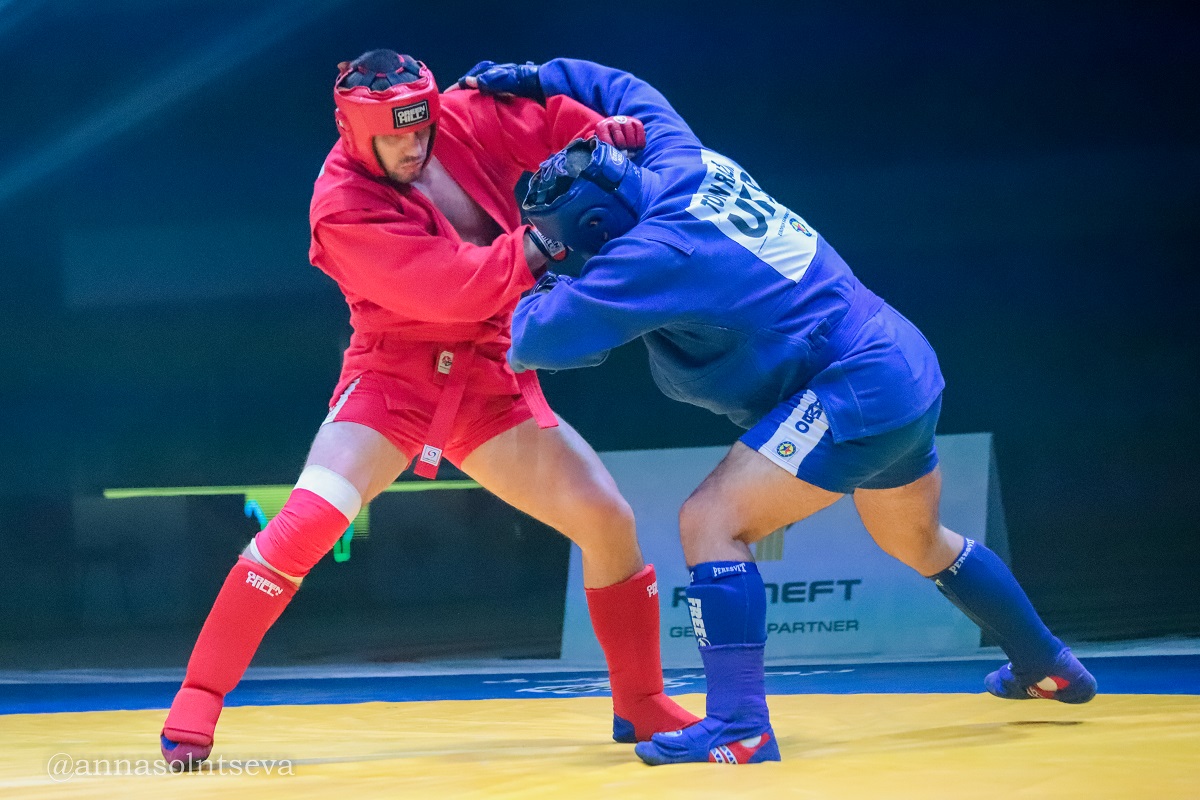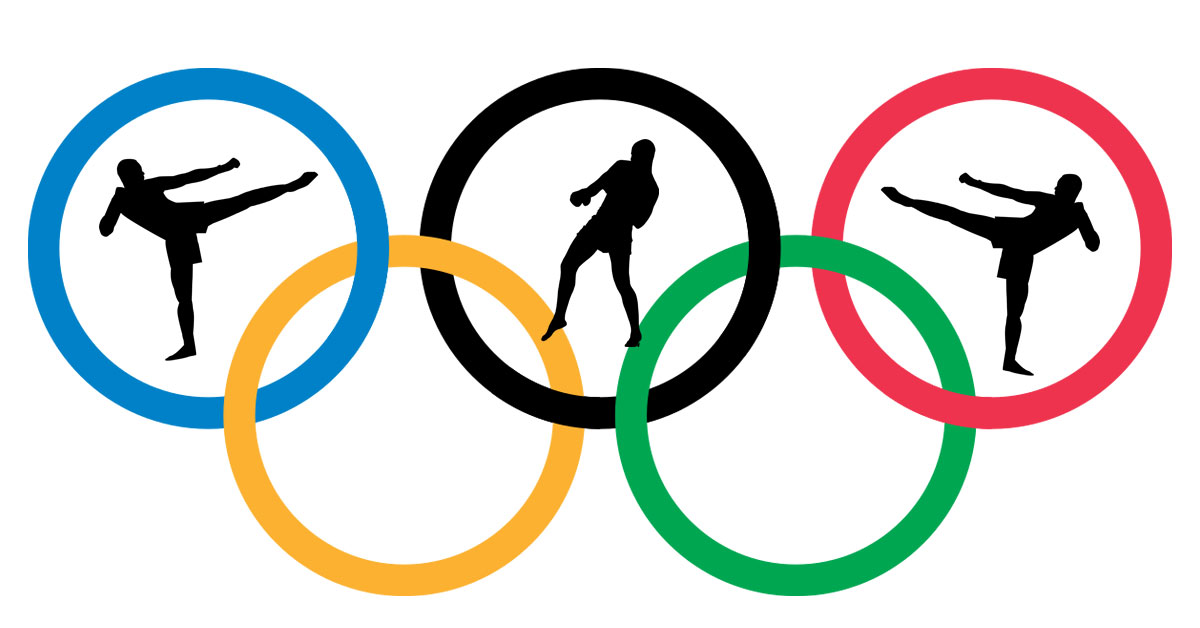In the thrilling world of martial arts, the journey of Sambo towards gaining Olympic recognition is a riveting tale filled with relentless pursuits, countless challenges, and significant progress. This dynamic martial art, originating from Russia, has been breaking barriers on its road to Olympic recognition, carving its path in the global sports arena.
Our focus in this discussion will be to delve into the challenges Sambo has faced, the progress it has made, and its ongoing quest for acceptance into the Olympic Games. We aim to take you on a comprehensive exploration of the highs and lows of this journey, and how this martial art form has managed to garner a worldwide audience despite the obstacles.
We will explore the intricate facets of Sambo – its roots, evolution, and its current standing in the international sports community. In addition, we will analyze the factors that have hampered its entry into the Olympics and the steps that are being taken to overcome these hurdles.
In what promises to be an intriguing dive into the world of Sambo, we hope to enlighten you about this dynamic martial art’s trajectory and the strides it has made towards achieving the much-coveted Olympic recognition. Whether you are a martial arts enthusiast or someone interested in the dynamics of international sports, stay tuned to uncover the captivating journey of Sambo.
Understanding Sambo: A Hybrid Martial Art
Sambo is a dynamic martial art, a hybrid combat sport that originates from Russia. Its name is an acronym for SAMozashchita Bez Oruzhiya, which in English means “self-defense without weapons”. This combat sport merges the most effective elements of judo and wrestling techniques.
The unique characteristics of Sambo include:
- Dynamic throws
- Joint locks
- Chokeholds
- Groundwork
Sambo’s Evolution and International Recognition
Sambo’s evolution has been marked by its adaptability and integration of various techniques from other martial arts. This martial art quickly gained international recognition and was included in the World Games in 1981. However, its journey towards Olympic recognition has been fraught with numerous challenges.

The Road to Olympic Recognition
The push for Sambo’s inclusion in the Olympics has been a journey of almost three decades, starting in the early 1990s. The key challenge in this quest has been the need to fulfill the Olympic Charter’s criteria for new sports, which includes universal popularity and governance by an international federation.

Universal Popularity
Although Sambo has a strong following in Eastern Europe and Central Asia, it has struggled to gain universal popularity, a crucial criterion for Olympic recognition. Nevertheless, the International Sambo Federation (FIAS) has made significant strides in increasing the sport’s global visibility through numerous competitions and events.
International Federation
Sambo’s governance by an international federation, FIAS, has helped it inch closer to Olympic recognition. FIAS, established in 1985, has been instrumental in popularizing Sambo globally. It was granted provisional recognition by the International Olympic Committee (IOC) in 2018, a significant step towards full recognition.
Progress Towards Olympic Recognition
Sambo’s journey towards Olympic recognition has been marked by consistent progress. This martial art was included as a demonstration sport at the 1980 and 1984 Olympic Games, providing a platform for it to showcase its unique attributes to a global audience.
Participation in Multi-Sport Events
The inclusion of Sambo in various multi-sport events has also aided its recognition journey. It was part of the program at the Asian Games in 2018 and the European Games in 2015 and 2019. These inclusions have showcased Sambo’s appeal and potential as a competitive sport.
Provisional IOC Recognition
The provisional IOC recognition granted to FIAS in 2018 was a major milestone in Sambo’s recognition quest. This allowed Sambo athletes to participate in the Olympic Games under their national flags, thus boosting the sport’s global profile.
Future of Sambo in the Olympics
Despite the significant strides made, Sambo’s journey to full Olympic recognition is still ongoing. The sport must continue to grow in popularity and demonstrate its value to the Olympic program. The FIAS, national Sambo federations, athletes, and fans all have a role to play in this journey, showcasing the dynamism and competitive spirit of this unique martial art to the world.
Conclusão
In conclusion, the journey of Sambo, a unique and dynamic martial art, towards Olympic recognition, while marked by numerous challenges, has been one of considerable progress and resilience. Despite being a hybrid combat sport with deep roots in Russia and a substantial following in Eastern Europe and Central Asia, the universal popularity required for Olympic acceptance has been elusive. However, the efforts of the International Sambo Federation (FIAS) in popularizing the sport globally, facilitating its inclusion in various multi-sport events, and obtaining provisional recognition from the International Olympic Committee (IOC) in 2018, have all brought Sambo closer to the Olympic stage.
Moving forward, Sambo’s full Olympic recognition relies on the collective efforts of FIAS, national Sambo federations, athletes, and fans to continue promoting the sport’s unique attributes, dynamic appeal, and competitive spirit. Therefore, the road to Olympic recognition for Sambo is not just a quest for international acknowledgment, but also a testament to the sport’s adaptability, dynamism, and the relentless pursuit of its global community. Despite the challenges, the future of Sambo in the Olympics remains promising, a testament to the enduring spirit of this dynamic martial art.
